12 October 2025
Every day in Japan feels like stepping into a new adventure, full of surprises and discoveries about its history and culture. The country never ceases to amaze me; the old adage of “something old, something new” doesn’t quite fit here. Everywhere I look, Japan radiates the depth of its old traditions, the enduring beauty of its history, and the timelessness of its cultural heritage.
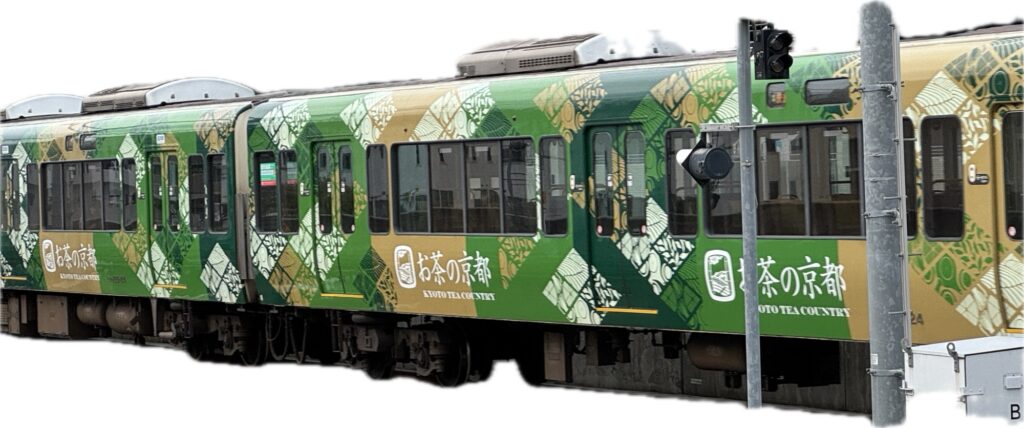
I wonder how the modern Japanese teenager feels about this? Their world is one of technology, pop culture, and fashion. Their perspective of old and new might contrast differently than how a visitor sees it. Do they truly appreciate the temples and ancient traditions or are they simply beautiful places to hang out with friends? Do they prefer a Starbucks over a tea house?
Mount Kōya
We travel the scenic Nankai Railway Line to Kōyasan (Mount Kōya), high in the mountains of the Kii Peninsula just southeast of downtown Osaka. Mount Koya is not an actual mountain peak, but a large temple settlement, the headquarters of the Kōyasan of Shingon Buddhism.
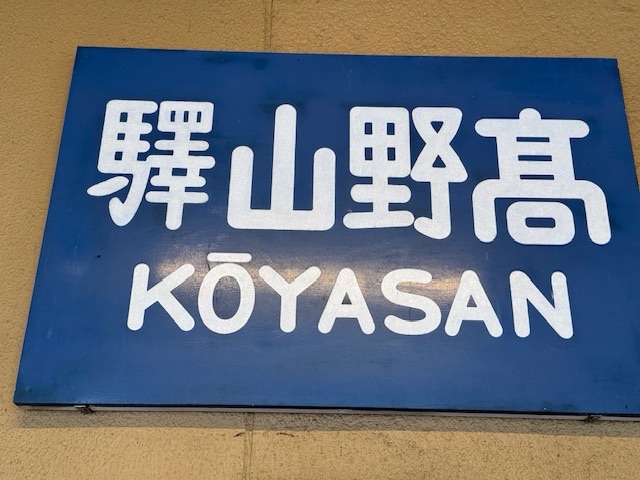
The Kōyasan complex itself is located just a little over 2600’ above sea level, and consists of around 120 temples. With fewer than 2800 fulltime residents, pilgrims (and tourists) outnumber locals about 500 to 1. Its designation as a UNESCO World Heritage site in 2004 ultimately increased the level of tourism.
Kōyasan: The Town That Kōbō Daishi Built
Since the 9th century when the monk Kōbō Daishi introduced the region to Shingon Buddhism, Kōyasan has been a place of religious devotion and ceremony.
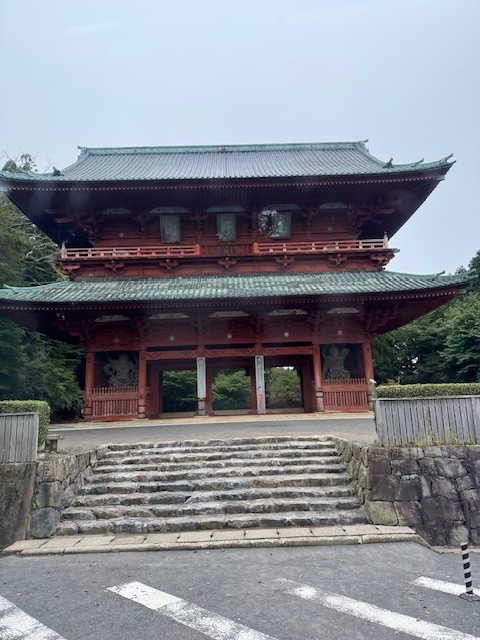
Nestled in a bowl-shaped valley high in the mountains, cedar forests and shrines surround the region. Kōyasan became both a religious center and a serene retreat, with more than a hundred temples scattered across its plateau.
Many of these temples offer shukubō. Shukubō are traditional temple lodgings in Japan, originally created to house pilgrims. For centuries, travelers walking long pilgrimage routes stayed overnight at these temple guesthouses, where they could rest, eat traditional shōjin ryōri (Buddhist vegetarian cuisine), and take part in religious life.
Kōyasan sits on a basin-like plateau encircled by eight peaks shaped like a lotus flower, a setting that inspired Kōbō Daishi to establish his monastic center there. Pilgrims reach the area by mountain trails, including the famous Choishi-Michi, a seven-hour hike through dense forests that ends at Mount Kōya’s main gate.
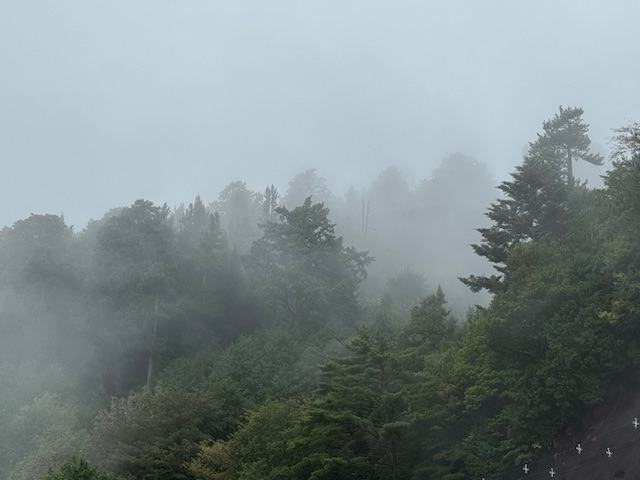
The region is renowned for its ancient conifer forests, especially in Okunoin Cemetery, where centuries-old Japanese cedars tower above moss-covered paths and monuments. The protected Kōyasan Recreation Forest preserves umbrella pines, cypress, and other historic trees, creating an atmosphere that feels both timeless and sacred.
Kōyasan is possibly one of the most spiritual sites of nature in the world.
Dotting the hillsides and along roads and wooded pilgrimage paths are a large number of small cemeteries, graves, shrines and monuments. Most graves or mausoleums belong to past residents and important warlords and families of the region.
Several cenotaphs dedicated to victims of major Japanese earthquakes also can be seen. In town, there is the Kōyasan University, a museum, hand washing stalls, and more temple/pilgrim lodgings than you can shake a stick at.
Kaiseki at High Noon
Lunch is Kaiseki-style: an elaborate meal with multiple courses. Having so many courses allows for the picking and choosing of what my chopsticks touches. The gelatinous goop, white tofu, and seaweed, no matter how cutely prepared, is left untouched. In fact, the biggest complaint is the amount of food waste occurring. The meat and mushroom pot is delicious.
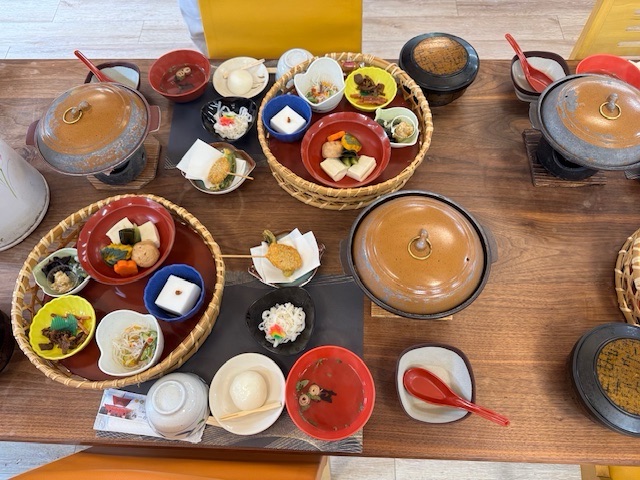
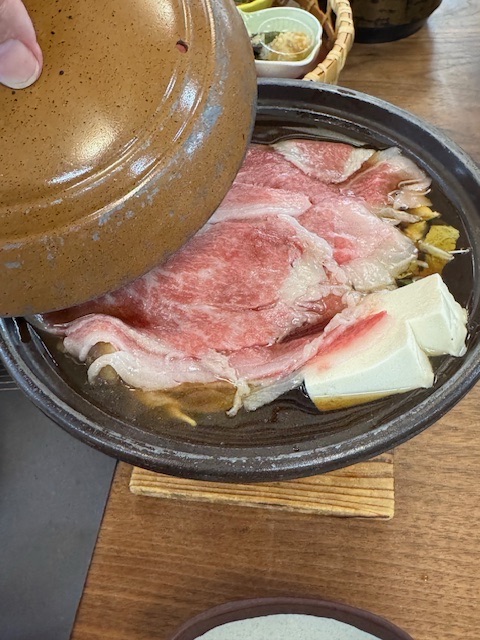
So who ties the bow on the seaweed package? Getting to like this Asahi Dry Zero for meals.
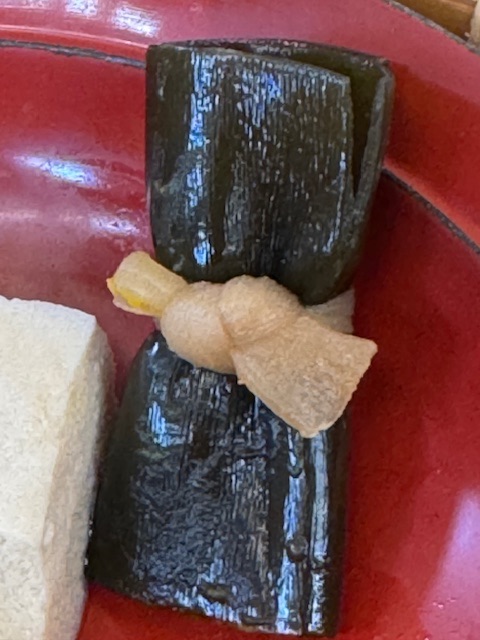
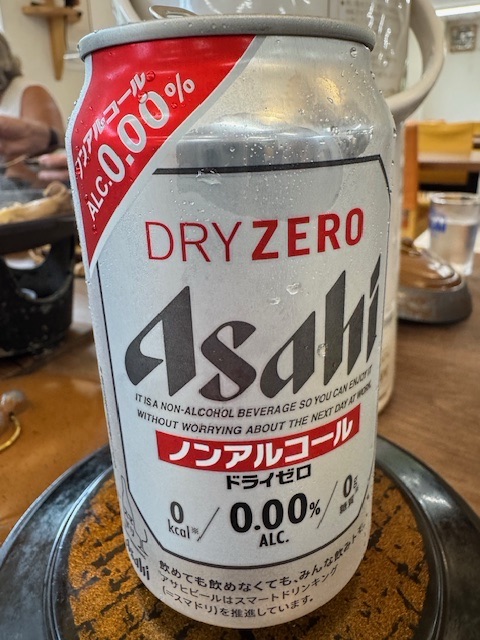
Kōbō Daishi
Kukai, popularly known as Kōbō Daishi or Great Teacher who Propagates the Dharma, is the founder of the Shingon sect of Buddhism, which introduced Shingon esoteric Buddhism from China to Japan.
He was born in Sanuki Province (present-day Kagawa Prefecture) in 774 and ordained at the age of 20. At the age of 31, he went to Tang China to receive the teachings of esoteric Buddhism. Upon his return, in 816 he founded the monastery on Kōyasan as a place of prayer for the protection of the country and the well-being of its people.
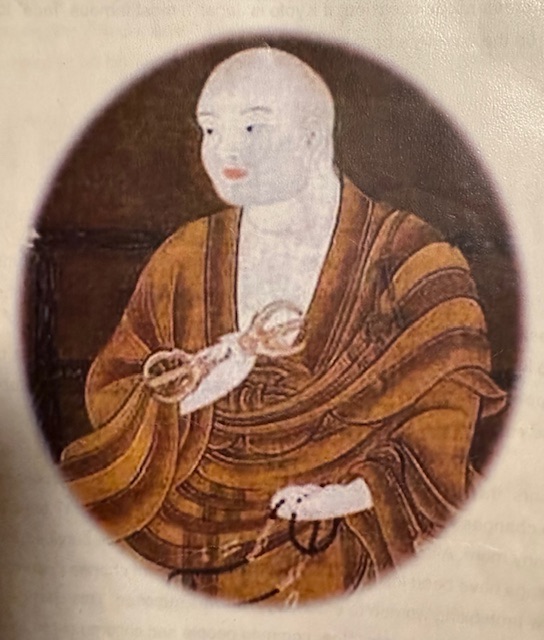
Kōbō Daishi is regarded not just as a scholar and priest, but also as an artist, engineer, calligrapher, and someone who incorporated ritual, mantra, mandala, etc. into spiritual practice.
Followers of Kōbō Daishi believe he is a saint-like, enlightened figure whose spirit continues to guide humanity. They honor his teachings, temples, and relics, especially at Mount Kōya, where he is said to remain in eternal meditation, praying for world peace.
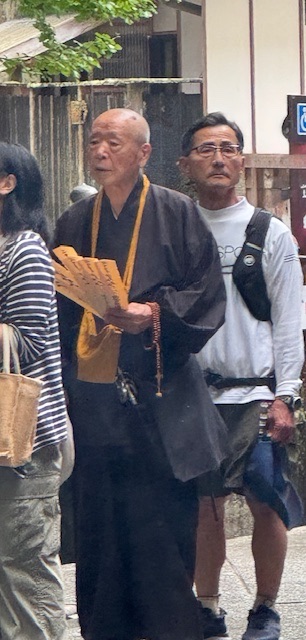
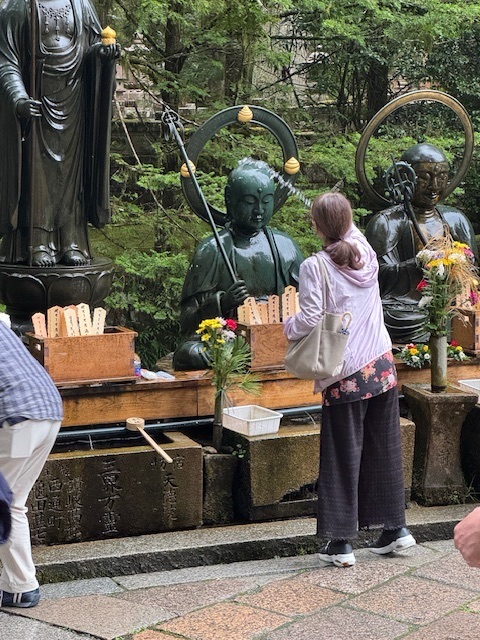
Pilgrims visit the 88 temples of Shikoku to deepen their faith and gain spiritual merit. Shingon practice centers on mantras, mudras, and mandalas, reflecting its esoteric nature. Many devotees also believe that Kōbō Daishi’s presence accompanies them in daily life—expressed in the phrase “Dogyo Ninin,” meaning “the Daishi travels with me.”
Okuno-in Cemetery
Beyond a handwashing stall lies Okuno-in, Japan’s largest cemetery and the most sacred site in Kōyasan. Centuries of history are preserved among towering cedar trees and moss-covered gravestones. As a genealogist, and lover of history, I enjoy exploring. I can’t read any engravings, but I admire the carvings and craftsmanship. But the star of the cemetery is the grave of Kōbō Daishi himself.
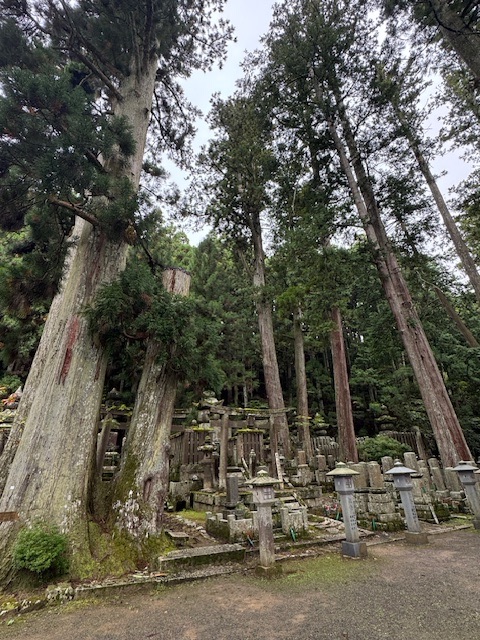
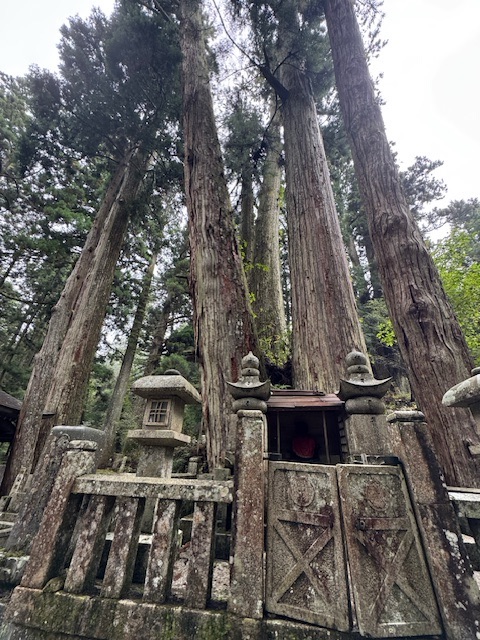
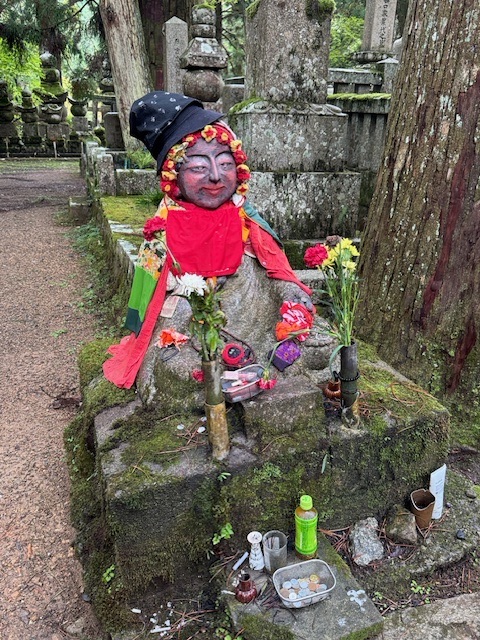
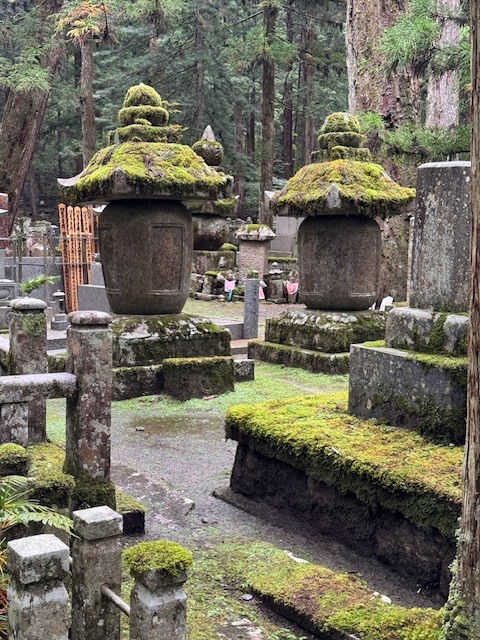
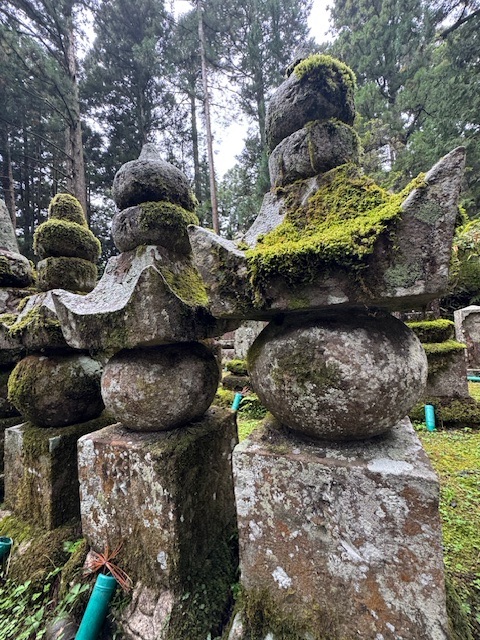
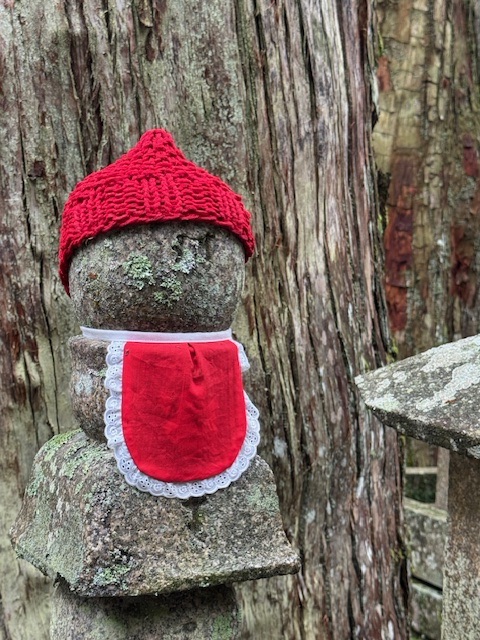
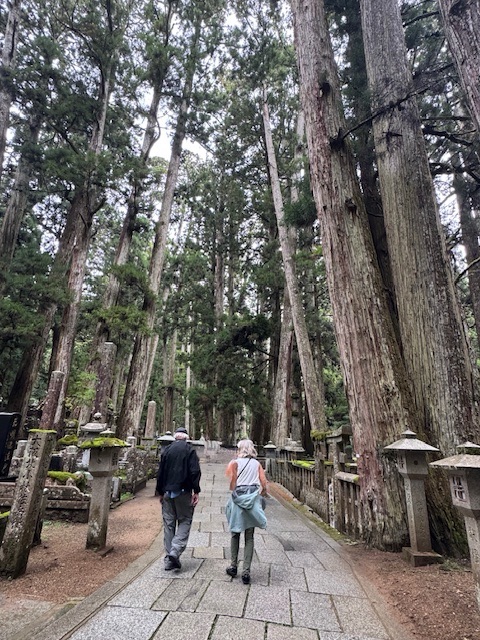
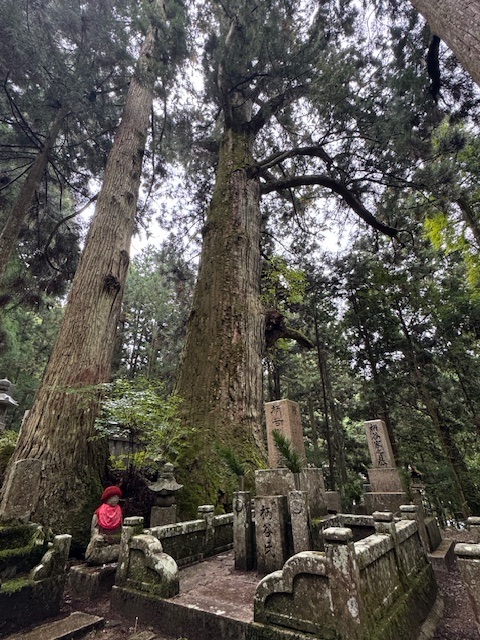
We walk through the vast Okuno-in, with thousands of graves and memorials to feudal lords and other past luminaries. This cemetery alone contains more than 200,000 graves, memorials, and stone lanterns and even large centographs for earthquake victims. Markers do not all belong to emperors, feudal lords or monks. Many graves remember the ordinary people who just wished to be buried near Kōbō Daishi.
The vast majority of the remains in Okuno-in, like most of Japan, are cremated. Cremation has been the standard funerary practice in Japan for centuries, closely tied to Buddhist customs (but also because of limited land space). Families typically inter ashes in stone stupas, family grave markers, or small mausoleums that line the forest paths of Okuno-in.
However, not every monument in Okuno-in contains physical remains. Many are memorial stones or cenotaphs, erected by families, companies, or religious groups to honor the deceased or to pray for peace and salvation.
At right: Nissan memorial
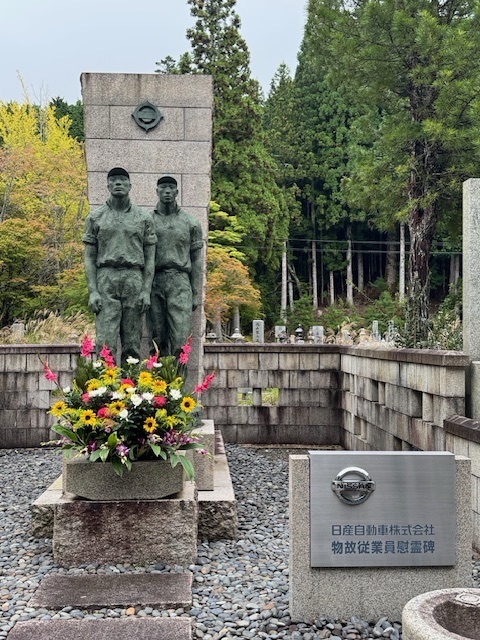
Along a long path, under tall cedars, over tinkling streams and surrounded by memorials and lanterns, one reaches the heart of Okuno-in where sits Kōbō Daishi’s Mausoleum. Believers say he remains in eternal meditation, awaiting the arrival of the future Buddha. Pilgrims and visitors alike come here not only to pay respects but also to feel the deep spiritual energy of a site that has been a center of devotion for over a thousand years.
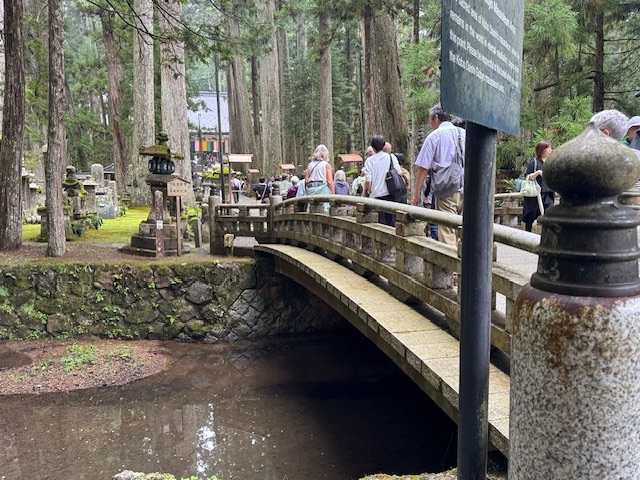
The atmosphere is both solemn and enchanting. Moss blankets gravestones, lanterns, and statues, while the canopy of centuries-old trees filters the light, giving the entire place an otherworldly glow. At night, lanterns softly illuminate the main approaches, heightening the sense of mystery and reverence.
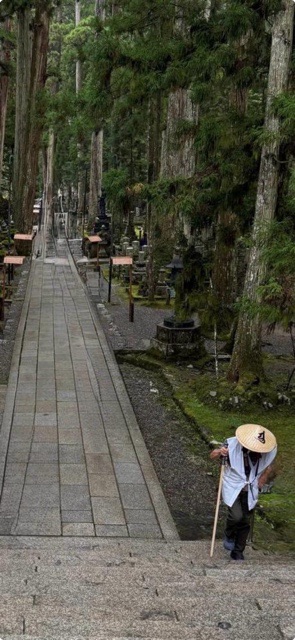
Kongobuji Temple
Kongobuji Temple is the general name for the entirety of Koyasan, named by Kobo Daishi Kukai based on the Sutra Kongobu-roukaku-issai-yuga-yugi-gyo.
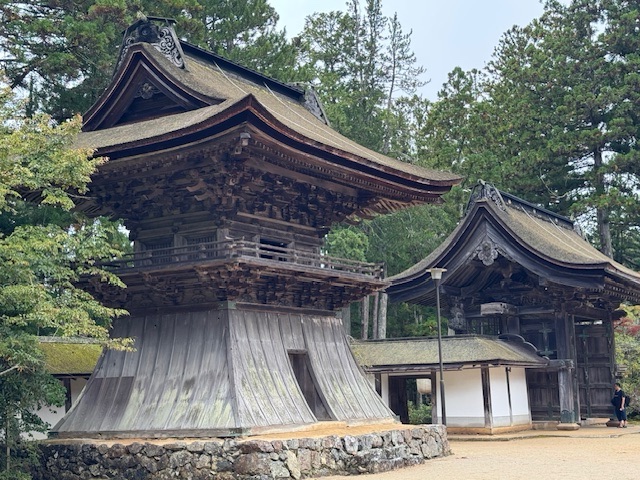
Today, it is the head temple of 3,600 Koyasan branch temples and 10 million members, formed with the Kobo Daishi Kukai’s mausoleum at Okunoin as the center of faith. It was originally constructed by Hideyoshi Toyotomi for the repose of the soul of his mother in 1593, but the original building was lost in a fire and in 1863 the present building was reconstructed according to the original design.
The evening stillness and starry sky are spectacular. Surrounded by nature and beneath an endless sky, the moment couldn’t get much better.
The interior rooms are adorn with spectacular paintings. In Ohiroma, important rituals and religious ceremonies are held. The Shoji (paper sliding screens) and Fusuma (painting on thesepaper sliding door) are beautiful. The crane pictures of the sliding doors is estimated to have been painted in the early Edo period.
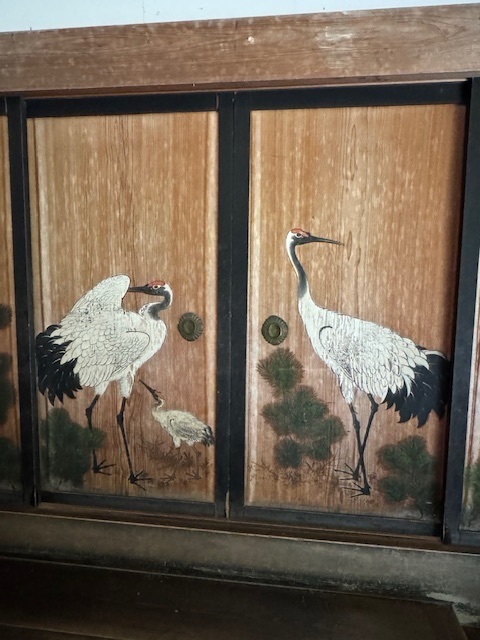
The Shoji doors of the Willow Room are decorated with paintings of willow trees in the four seasons. In the Betsuden, the sliding doors show scenes of flowers and birds in the four seasons, as well as scenes from Kobo Daishi’s sojourn in Tang Dynasty China.
Banryutei Rock Garden is the largest rock garden in Japan (over 25,000 square feet). The design is of a pair of dragons emerging from a sea of clouds to protect the inner teachings. The dragons are made of 140 pieces of granite brought from Shikoku and the white sand is from Kyoto.
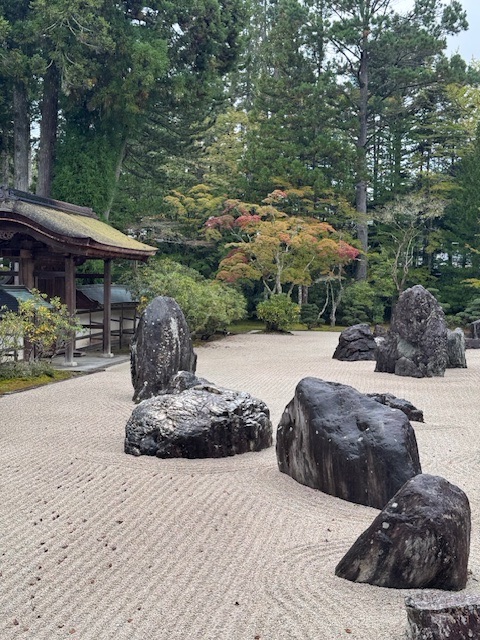
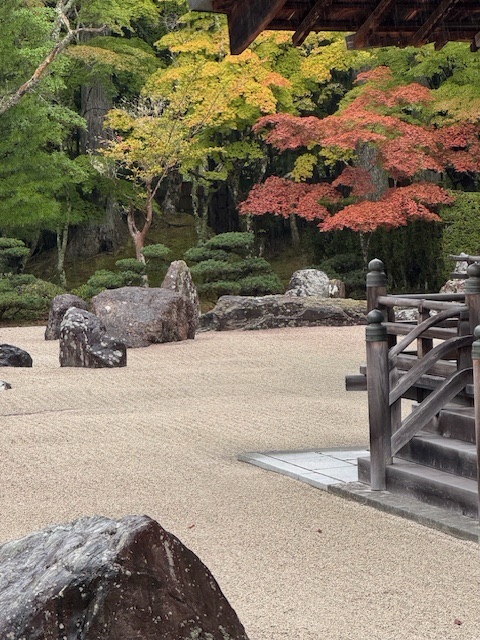
Overnight at Kōyasan
Marriott to Monastery: They Sure Know How to End It
Like all the pilgrims, and Kōyasan tourist, we lodge for the night at a shukubō, Ekoin Pilgrim’s Lodging. The room is of traditional style, simple and comfortable. I find I am fortunate as I have two chairs, a window and a garden terrace. The window is important as there is no air and possibly no heat. We get three slippers: room, toilet, and garden.
The large bathing area is shared as are the toilets, taking me back to my hostel days but with a whole lot more nudity and cleanliness. Public bathing and bathrooms are okay if sandwiched between four-star hotels. The accommodations are not exactly roughing it, but do be prepared.
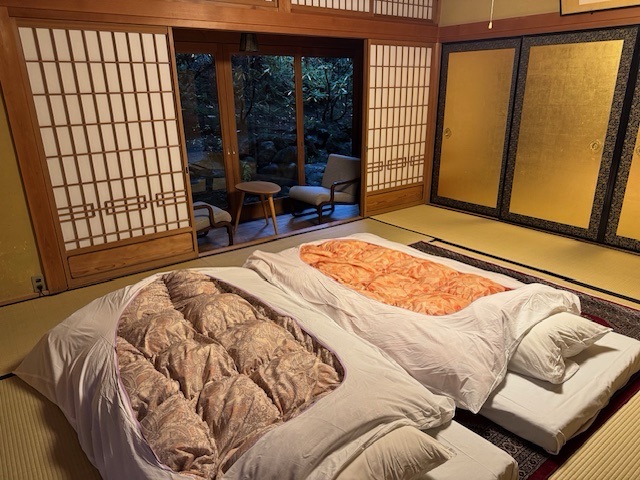
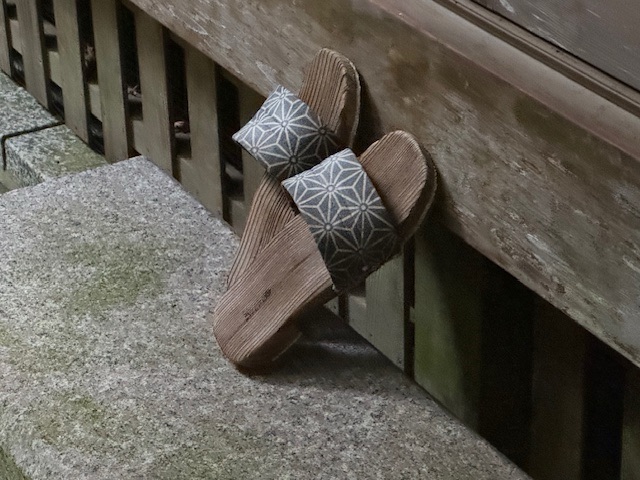
Simple and clean. Monks run the inn.
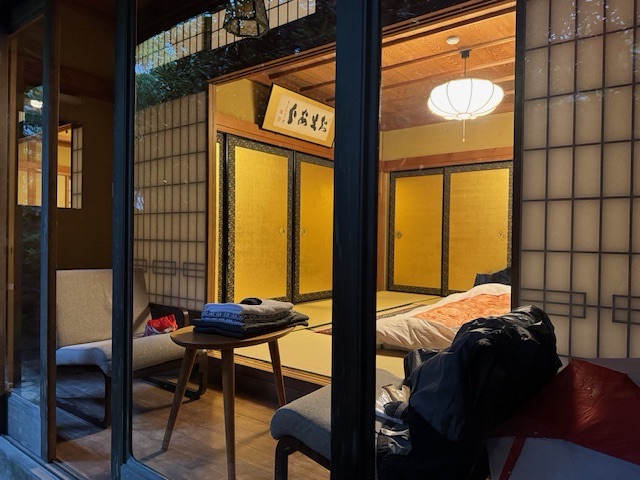
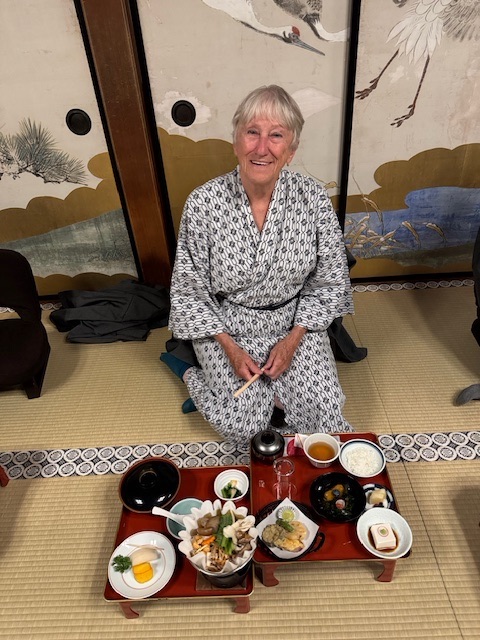
A ton of Damp Rid will not defeat the musty smell. Walls are Shoji (paper sliding screens) and neighbors snores may require ear plugs. For dinner, we eat shojin-ryori, a Buddhist vegetarian cuisine.
All in all, life is good.
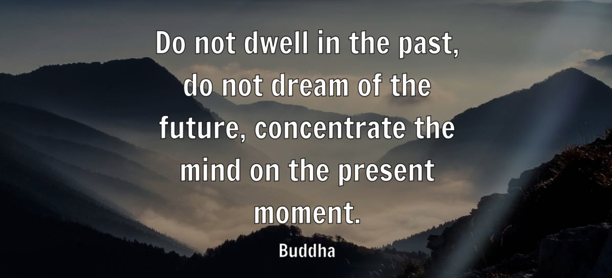
0 Comments